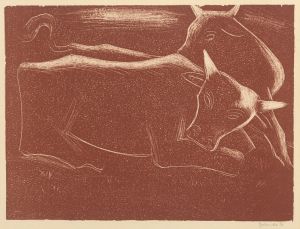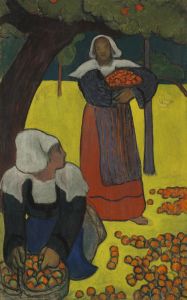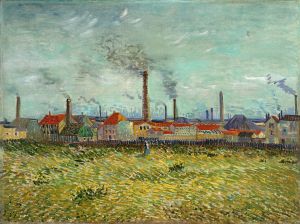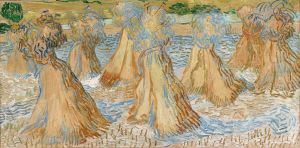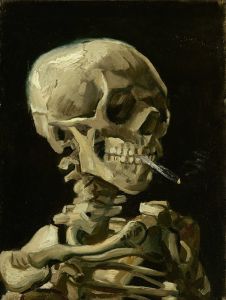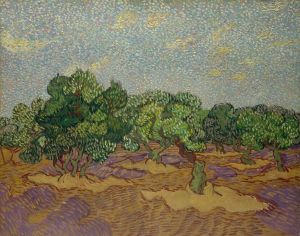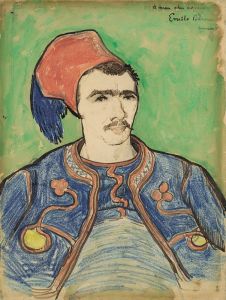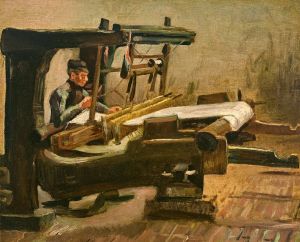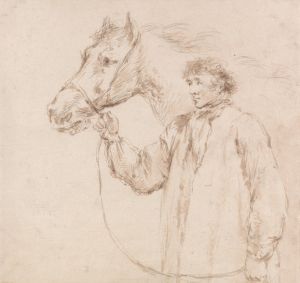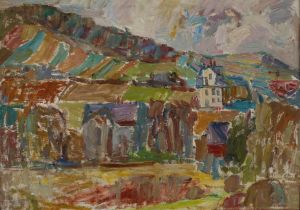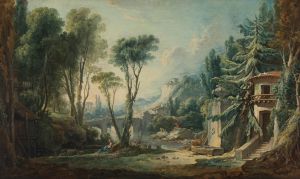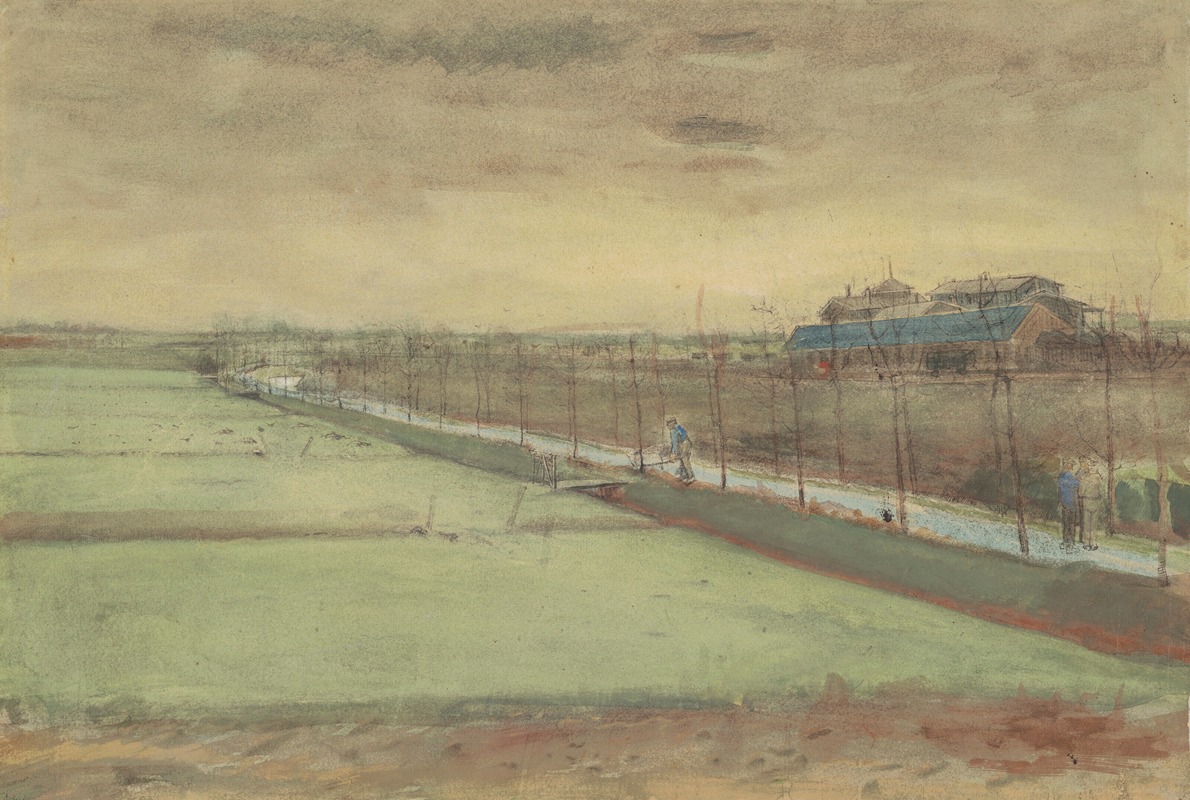
Weilanden bij Rijswijk en de Schenkweg
A hand-painted replica of Vincent van Gogh’s masterpiece Weilanden bij Rijswijk en de Schenkweg, meticulously crafted by professional artists to capture the true essence of the original. Each piece is created with museum-quality canvas and rare mineral pigments, carefully painted by experienced artists with delicate brushstrokes and rich, layered colors to perfectly recreate the texture of the original artwork. Unlike machine-printed reproductions, this hand-painted version brings the painting to life, infused with the artist’s emotions and skill in every stroke. Whether for personal collection or home decoration, it instantly elevates the artistic atmosphere of any space.
Weilanden bij Rijswijk en de Schenkweg (English: Meadows near Rijswijk and the Schenkweg) is a painting created by the Dutch artist Vincent van Gogh. This work is part of Van Gogh's early artistic period, during which he focused on capturing rural landscapes and scenes of everyday life in the Netherlands. The painting is believed to have been created in 1882, during Van Gogh's time in The Hague.
At this stage in his career, Van Gogh was deeply influenced by the Hague School, a group of artists known for their realistic depictions of Dutch landscapes and rural life. Van Gogh's works from this period often reflect a subdued color palette and a focus on the natural environment, characteristics that are evident in Weilanden bij Rijswijk en de Schenkweg. The painting depicts a serene landscape, with meadows and possibly a path or road, capturing the quiet beauty of the Dutch countryside.
Van Gogh's time in The Hague was a formative period in his artistic development. He was mentored by his cousin-in-law, Anton Mauve, a prominent member of the Hague School, who introduced him to watercolor and oil painting techniques. Although Van Gogh's relationship with Mauve later became strained, the influence of the Hague School remained evident in his early works.
The exact location depicted in the painting, near Rijswijk and the Schenkweg, is in the vicinity of The Hague, an area Van Gogh explored frequently during his walks. His interest in rural scenes and the lives of working-class people is a recurring theme in his art from this time. This focus on everyday life and the natural world would continue to shape his artistic vision throughout his career.
As with many of Van Gogh's early works, Weilanden bij Rijswijk en de Schenkweg demonstrates his commitment to mastering the fundamentals of composition, perspective, and the depiction of light and shadow. These skills would later evolve into the more dynamic and colorful style for which he is best known.
The painting is part of Van Gogh's lesser-known body of work, as his early pieces have often been overshadowed by his later, more vibrant creations. However, they provide valuable insight into his artistic journey and the influences that shaped his development as one of the most celebrated artists in history.
Further details about the current location or ownership of Weilanden bij Rijswijk en de Schenkweg are not widely documented.





